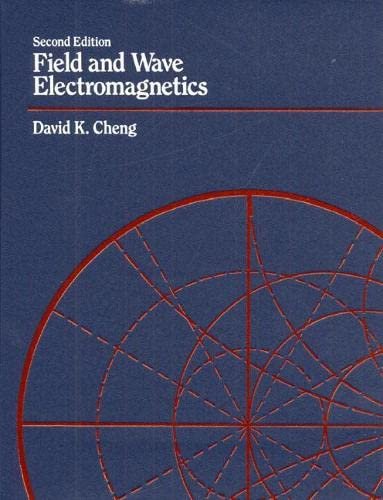The sound is not just about frequency , phase and amplitude.
If you read electronics engineering you know audio systems are not linear systems and non-linear systems are far more complex than linear systems. If you use fourier or laplace transform to show phase and amplitude of frequency it means you used simplified linear model of audio circuit.
the audio is more complex than you think in both objective and subjective analysis
Physics and Electrical Engineering is precisely where I’m coming from.
You pretend to know something the scientific community does not. What constitutes an audio waveform if it is not frequency, amplitude, and phase?
I’m curious to read your response. Hopefully is not a vague “is much more complex than that”. Share some specifics. Perhaps I will learn something new today.
For your information, whether the sound originates from a linear or from a non-linear circuit is irrelevant to the definition of the sound’s attributes and the FFT is impervious to its origin as it will perform exactly the same synthesis and decomposition in either case. In the context of testing for detecting and measuring changes created by substitutions, a known sinusoidal test signal is used to assess the impact to the spectral content and distribution.
Last edited:



